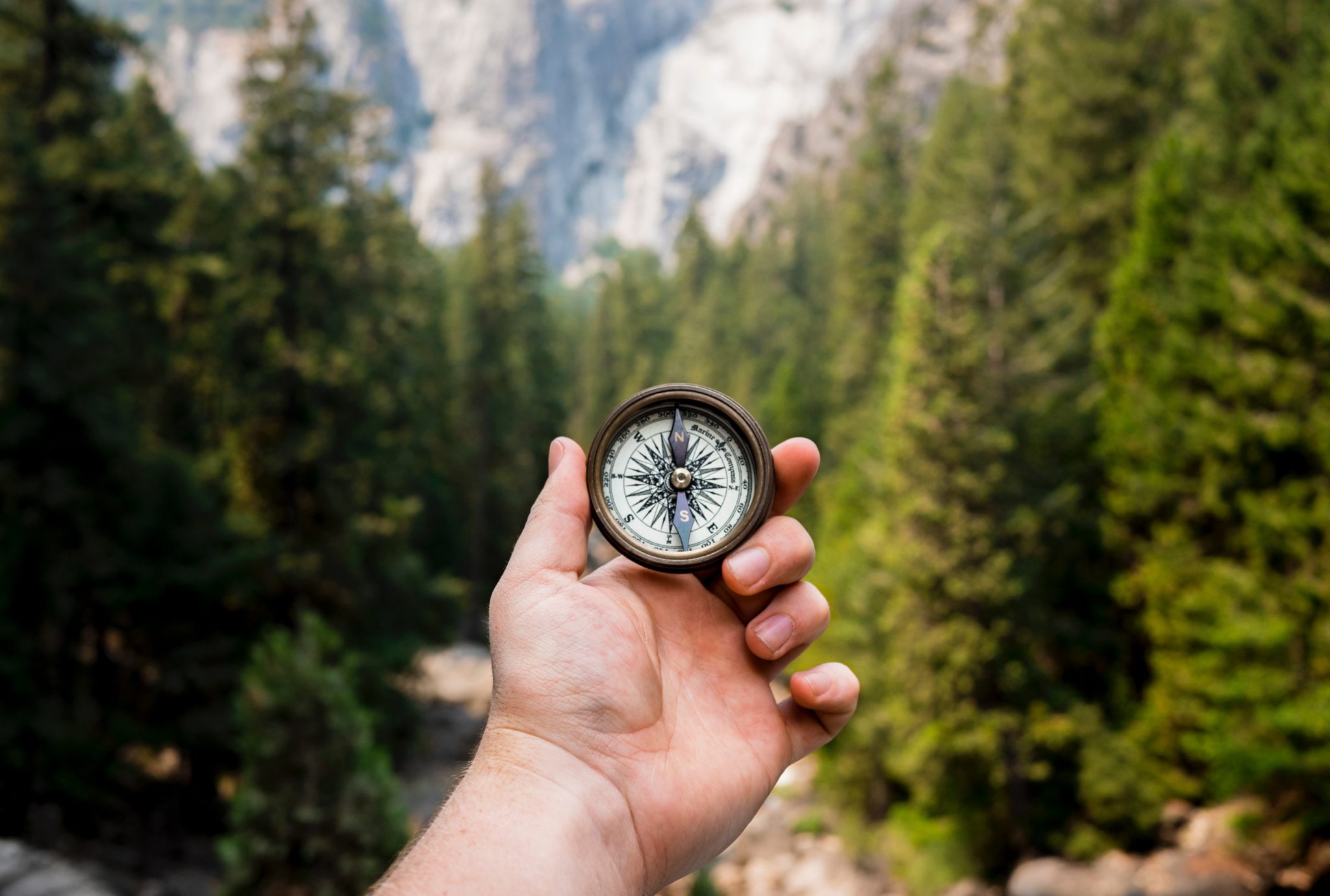Month: September 2020
How do listening and learning move us toward more equitable solutions?
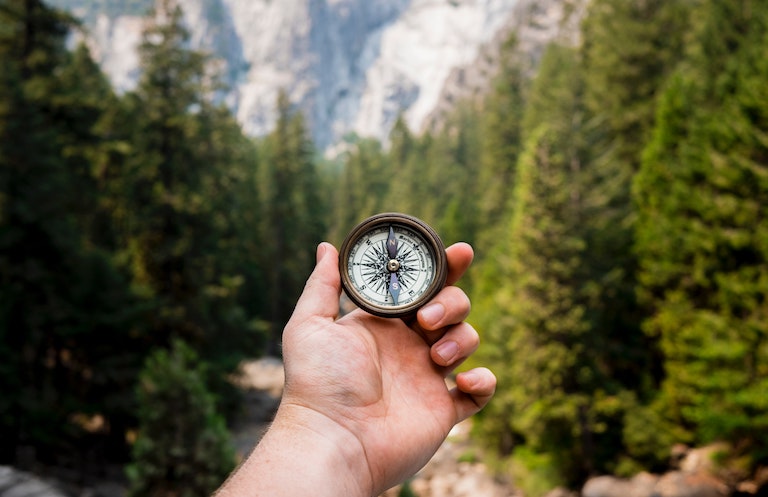
“The utility sector needs more empathy!” Those were the words of one participant during a recent virtual SEEA member meeting hosted by our energy efficiency policy (EEP) team. The group was discussing future innovation in utility energy efficiency programs in response to COVID-19 safety precautions.
Since the onset of the pandemic, SEEA has been connecting with our members and partners to understand the impact of the immediate and long-term changes to the energy industry. Through this outreach the EEP team identified three key issues important to our network: energy efficiency workforce, energy insecurity, and utility energy efficiency programs. By this summer, we were starting to see and hear that utilities were likely to retain some of the changes they made to their utility energy efficiency programs including virtual audits, installation, and verification. Targeting and engaging customers remotely exposed existing challenges for historically underserved communities such as broadband access, lack of capital, and the need for innovative financing options.
On September 16, the EEP team brought together member utilities, service providers, and manufacturers to discuss industry innovations. The agenda included the design and delivery of energy efficiency programs, and how these changes might affect existing inequities.
What happened was far more interesting.
When policy manager Claudette Ayanaba introduced the equity discussion, the passionate response carried us in an entirely different direction than planned.
The route to equitably delivering the benefits of energy efficiency programs did not depend on innovation in technology, or insight drawn from the multiple crises we are currently facing. Instead, we heard a heartfelt urging for empathy and understanding.
Utility Energy Efficiency Programs Need Cultural Context
Most programs appear to be designed for “all” customers. However, when those doing the designing are predominately white and male, we cannot effectively capture or respond to the needs of historically underserved customers, which are most often minority communities. Enlisting a diverse workforce, particularly leadership, improves our ability to capture and integrate important factors into energy efficiency programs that equitably distribute their benefits. One member offered a specific and common example that a home with a hole in the wall won’t see meaningful results from a smart thermostat. While utilities can’t fix holes in the wall or other building conditions, designing programs that ignore these realities maintains a system of inequity.
Minority Communities Are Interested in the Environment and Conservation
Another member shared that Black, Hispanic, and other non-white communities have historically been perceived as less interested in energy and environmental issues, even though there is ample evidence to the contrary. If this belief is carried into the design of energy efficiency programs, even unconsciously, then those programs are less likely to benefit non-white customers.
Utilities Have Opportunities to More Holistically Engage Their Communities
One utility is helping Black families retain and manage their forest property, leveraging resources from the U.S. Endowment for Forestry and Communities. While it may seem unusual for a utility to engage in forestry, the utility has worked with landowners to develop microgrids on their farms, which supports the utility’s grid, reduces line losses, increases reliability, and spurs economic development in one of the poorest counties in the United States. The program treats past injustices, present inequity, and future opportunities for the entire community.
The Energy Efficiency Workforce Needs Teachers
Change may come from the top, but the contractors interacting with customers on a regular basis play a critical role in implementing the environmental, financial, and health benefits of energy efficiency. However, not all contractors are trained or encouraged to help customers understand and capitalize on the energy efficiency opportunities available to them. Taking time to listen to the needs of customers, establish trust, and lead them through the process for making upgrades improves program success and sustainability.
Building a more energy efficient, prosperous, and equitable Southeast requires all of us at times to be both teachers and students. We value and seek out your stories, your triumphs and challenges. We want to learn from our members, partners, and community-based experts on how we can work together to leverage energy efficiency for everyone.
Join us for an upcoming event!
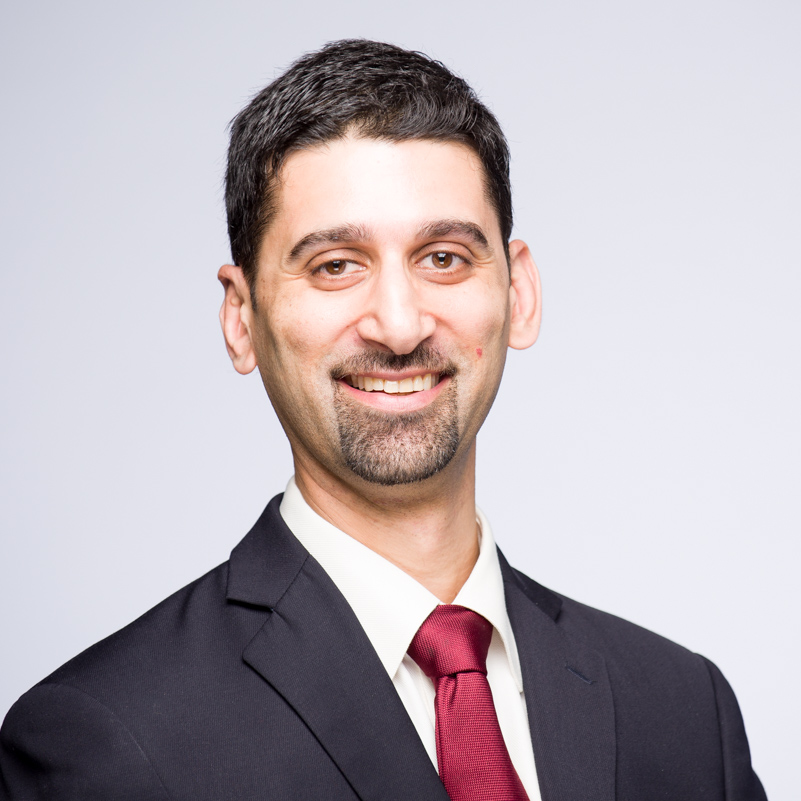
Cyrus Bhedwar Director of Policy Email Schedule a call View Bio
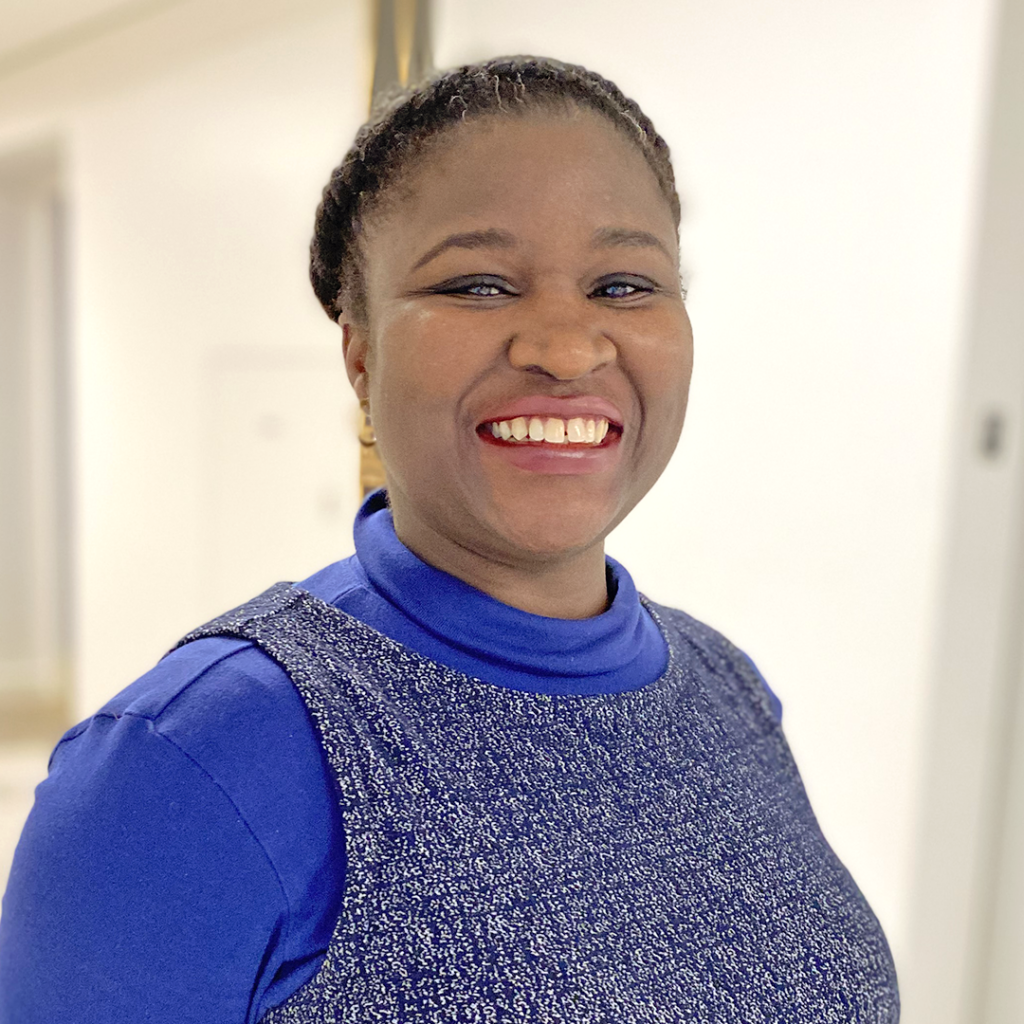
Claudette Ayanaba Policy Manager Email Schedule a call View Bio
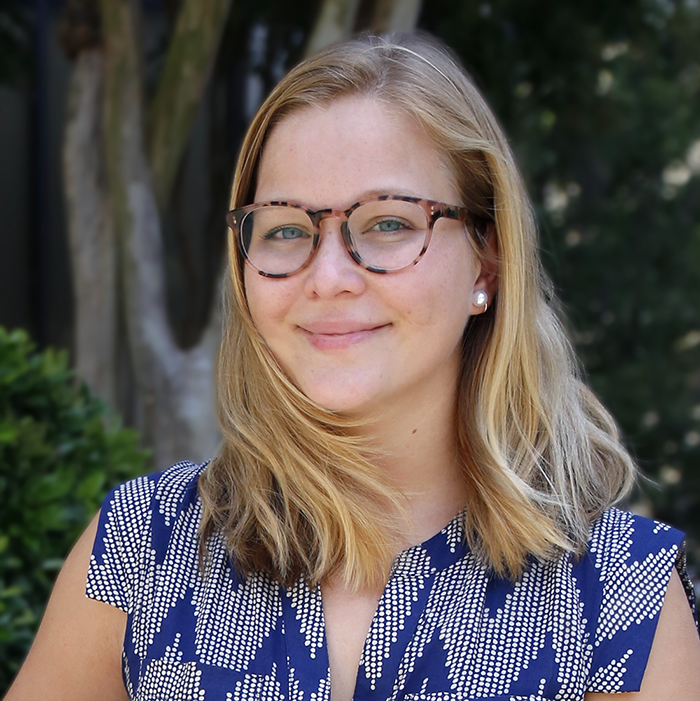
Emme Luck Policy Associate
Announcing Pamela Fann, Director of Membership and Diversity Integration
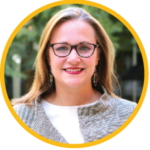
I would like to share an important update regarding SEEA’s work on diversity, inclusion, and integration. For the past two years, Pamela Fann, director of SEEA’s membership program, has been developing a plan to implement our commitment to diversity and inclusion. Pam took on this task based on her assessment of SEEA’s needs and her passion for helping people to learn and realize the benefits of a more equitable work culture.
As the national outcry for racial justice continues, SEEA’s focus on diversity, inclusion, and integration is more important than ever. To ensure our momentum with this work continues, I am pleased to share that Pam’s role is formally changing to director of membership and diversity integration. In this role, she will continue to lead SEEA’s membership program and develop and implement initiatives to further behaviors, attitudes, and policies that support diversity, inclusion, and integration within the organization. We believe that creating an organizational culture where all people feel welcomed and valued will better equip us to realize significant, systemic change in the energy industry.
I am pleased to share a personal message from Pam about her journey and the work ahead at SEEA.
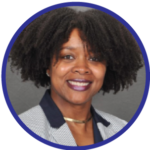
Over the past two years, SEEA has been on a path to honor our commitment to incorporating diversity, inclusion, and integration (DII) in our organization and the energy industry overall. During this time, I obtained my certification as a Cultural Diversity Professional and Trainer (CDP, CDT), developed SEEA’s cultural competency framework, helped craft our diversity and inclusion statement and president’s message, and created tools and training to promote dialogue and advance DII among our board, staff, and stakeholders.
As I reflect on the work we have accomplished, as well as our plans for the future, I want to share my personal story and why I am committed to advancing diversity and inclusion in individuals and institutions.
I grew up in the small midwestern town of Owasso, Oklahoma. My family was the first Black family to integrate the small town. As the only Black person in the classroom and social settings for many years, I experienced direct and frequent racism, but I could not have imagined the abhorrent event that happened next. In 1988, I suffered one of the most painful and definable moments of my life. Members of a white supremacist group burned our home and spray painted the words “N***** Get Out” on the rock wall entryway. While I had experienced the cruelty of disparaging words and racial slurs, I had never encountered the visceral hate that took away our family home, memories, and led to many more obstacles for my family to overcome. That profound awakening began a journey of reckoning with a history of racism and hatred that I had not previously understood.
I gained two gifts from that injustice: the fulfillment of volunteer service, due to the generosity from first responders and The American Red Cross, and my passion for understanding and promoting diversity work. The latter came from the compassion, empathy, and support that we received from many white people in our community and the knowledge that the actions of a certain group of people do not represent the entire race.
I use the insight from this experience daily in both my personal life and career to support diversity initiatives and encourage others on their own journey.
Taking the Next Step
SEEA’s regional focus on energy efficiency topics in the Southeast requires an understanding of the underlying issues and policies that have perpetuated inequities in our communities. While our organization has been tackling the matters of diversity, inclusion, and integration for the last couple of years, the recent racial injustices across the U.S. has amplified the need to address these issues within our organizations, our industry, and the communities we serve.
I am pleased to be leading these efforts for SEEA and look forward to ongoing work within the organization and with our partners and stakeholders to create a more compassionate, knowledgeable, and anti-racist community.
Learn more about SEEA’s journey to advance diversity, inclusion, and integration.
Visit our diversity, inclusion, and integration resource page.


